
Choosing correct materials represents a critical step for drone enthusiasts and professional builders alike. Carbon fibre has become a gold standard. But a common question arises: which carbon fibre is typically used for drones? This exploration offers solutions. We will look into types of carbon fiber sheets and their applications. Understanding these options allows for better drone construction.
Many builders seek robust yet lightweight solutions. Consequently carbon fibre presents an almost perfect material choice. Its properties are quite beneficial for aerial applications. Drone performance significantly improves with proper material selection. So let’s investigate deeper.
Understanding Carbon Fiber Fundamentals for Drone Applications
What exactly makes carbon fibre a champion for drone creation? Its high strength-to-weight ratio cannot be overstated. This means drone frames can be incredibly strong without adding excessive heft. Furthermore carbon fiber sheets and resin combine to create a rigid structure. This rigidity helps improve flight stability and responsiveness.
Moreover carbon fibre exhibits excellent fatigue resistance. This quality becomes important for drones enduring constant vibrations. Also its thermal stability helps maintain integrity under varying conditions. These factors collectively explain why this advanced material is so prevalent. Therefore many builders prefer working with a versatile carbon fiber sheet material.
References:
1. How To Cut Carbon Fiber Tubes: Key to Tolerance and Customer Relationships
2.How We Helped Our Client Solve Product Issues with Our Carbon Fiber Tubes?
3.How Strong Are Carbon Fiber Plates?
4.How to Improve the Surface Quality of Large Diameter Carbon Fiber Tubes
5.How Are Carbon Fiber Sheets Made?
Types of Carbon Fibre Weaves: A Drone Builder’s Guide
Carbon fibre comes in various weave patterns affecting its properties. Plain weave offers good stability and a consistent appearance. Twill weave provides better conformability over complex shapes a useful trait. Many drone arms and plates utilize twill weave carbon fiber sheets. This makes it a common sight.
Satin weave offers even greater conformability plus a smooth surface. However it might be less stable than plain or twill weaves. Unidirectional carbon fiber provides maximum strength along one specific axis. Designers incorporate unidirectional carbon fiber sheet material strategically. It often reinforces critical areas needing directional stiffness. Knowing which carbon fibre is typically used for drones involves understanding weaves.
Carbon Fibre Grades: Balancing Performance and Cost for Your Drone
Beyond weaves carbon fibre grades also matter significantly. Standard Modulus (SM) carbon fiber is quite common. It offers a good balance of strength stiffness and cost. Many hobbyist and some professional drones use SM carbon fiber sheets for sale. This grade is widely available.
Intermediate Modulus (IM) carbon fiber provides higher stiffness. This can be beneficial for high-performance FPV racers or larger camera drones. IM fibers allow for lighter parts for same stiffness. High Modulus (HM) carbon fiber presents even greater stiffness. However HM fibers are more brittle and significantly more expensive. They are reserved for very specialized applications. Your project’s demands will help determine the best grade.
Carbon Fiber Sheets: The Backbone of Modern Drone Construction
Carbon fiber sheets are undeniably fundamental in drone manufacturing. These sheets provide flat stock from which various drone components are cut. Frames arms motor mounts and landing gear often originate from a sheet of carbon fiber. Their consistent thickness and quality are paramount for precision builds.
The market readily offers carbon fiber sheets for sale in numerous specifications. This availability makes it easier for builders of all levels. They can access high-quality materials. You can find these sheets from specialist suppliers or larger material distributors. Many online platforms also buy carbon fiber sheets easier than ever before.
Exploring Common Sizes: The Versatile 3mm carbon fiber sheet
A 3mm carbon fiber sheet is exceptionally popular in drone community. This thickness provides an excellent blend of rigidity and reasonable weight. For many small to medium-sized drones arms made from 3mm carbon fiber sheet offer ample strength. These can withstand crashes typical in FPV racing.
Furthermore main body plates are frequently fashioned from this dimension. A 3mm carbon fiber sheet is relatively easy to cut and work with using appropriate tools. Its versatility means you can build a complete robust drone frame. This makes it a staple for many drone projects. The question of which carbon fibre is typically used for drones often points to this thickness.
Larger Format Options: Understanding the 4×8 carbon fiber sheet
For larger projects or for producing multiple parts efficiently a 4×8 carbon fiber sheet is a great option. This larger format carbon fiber sheet 4×8 minimizes waste when cutting many components. It becomes economical for small-scale production runs. Larger drones such as heavy-lift cinematography rigs may require parts cut from a 4×8 carbon fiber sheet.
Working with carbon fiber sheets 4×8 requires more space. Also handling can be a bit more cumbersome. However benefits of material yield and potential cost savings per part are attractive. When you need substantial quantities of carbon fiber sheet material exploring these larger sizes makes sense. Some suppliers specialize in carbon fiber sheet 4×8 dimensions.
Sourcing Your Materials: Where to Buy Carbon Fiber Sheets
Finding a reliable source to buy carbon fiber sheets is crucial. Reputable suppliers ensure material quality and consistency. Look for vendors providing detailed specifications for their carbon fiber sheet material. This includes weave type fiber grade resin used and thickness tolerance. Such information helps you select the right sheet of carbon fiber.
Online specialty stores focused on composites or drone parts are excellent places to start. They often stock various sizes including the popular 3mm carbon fiber sheet. For bulk purchases or a 4×8 carbon fiber sheet industrial composite suppliers might offer better pricing. Always compare options before you decide where to buy carbon fiber sheets. Customer reviews can also provide insights.
The Importance of Resin in Carbon Fiber Sheets and Resin Systems
The resin system in carbon fiber sheets and resin composites plays a vital role. Epoxy resin is most commonly used for drone-grade carbon fiber. It offers superior strength adhesion and environmental resistance compared to other resins. The properties of the cured carbon fiber sheet are significantly influenced by resin type.
Pre-impregnated carbon fiber sheets known as prepregs have resin already infused. These offer higher quality control and performance but require specific curing processes. For most DIY and small-scale builders fully cured carbon fiber sheets are more practical. These sheets are ready to cut and use immediately. Understanding the resin helps answer which carbon fibre is typically used for drones.
Key Considerations When Selecting Carbon Fibre for Your Drone Project
Several factors influence the decision of which carbon fibre is typically used for drones in a specific build. Your drone’s type and size are primary considerations. A lightweight FPV racer has different material demands than a large aerial photography platform carrying expensive gear. The racer might prioritize impact resistance from a 3mm carbon fiber sheet. The camera drone might need ultimate stiffness from a thicker or higher-grade carbon fiber sheet material.
Your budget will also steer your choice. Higher modulus fibers and thicker carbon fiber sheets generally cost more. Balancing desired performance with available funds is a practical necessity. Additionally your skill level and available tools for working with a sheet of carbon fiber matter. Some materials are easier to process than others. Think about these aspects carefully.
Working with Carbon Fiber Sheets: Tips and Tricks
Handling carbon fiber sheets requires some specific techniques. For cutting a carbon fiber sheet a Dremel with a diamond cutoff wheel or a fine-toothed carbide saw blade works well. Drilling holes needs sharp carbide drill bits. Go slowly to prevent delamination or splintering. This ensures clean results.
Crucially always wear proper personal protective equipment (PPE). Carbon fiber dust is a respiratory irritant and can cause skin irritation. A respirator N95 or better gloves and safety glasses are essential. Work in a well-ventilated area or use dust extraction. Finishing edges with fine-grit sandpaper can give a professional look and prevent delamination.
The Customer Perspective: Solving Drone Building Challenges with the Right Carbon Fibre
From a customer standpoint choosing carbon fibre solves many drone building issues. Durability is a major concern especially for beginners or FPV pilots. Selecting a robust carbon fiber sheet material like a quality 3mm carbon fiber sheet can greatly improve crash resilience. This reduces repair costs and downtime. Many seek carbon fiber sheets for sale that offer this toughness.
Achieving specific flight characteristics also drives material choice. If a drone feels too flexible or wobbly upgrading to a stiffer carbon fiber sheet or a different weave might be solution. Customers want predictable performance. When they buy carbon fiber sheets they expect consistent quality. The goal is a reliable platform. That means understanding which carbon fibre is typically used for drones and why.
Furthermore accessibility and cost are important. The availability of various carbon fiber sheets including 4×8 carbon fiber sheet options allows builders to scale projects. Finding affordable carbon fiber sheets for sale without sacrificing essential properties is a common goal. Information about carbon fiber sheets and resin helps users understand what they are purchasing.
Future Trends in Carbon Fibre for Drones
The world of composites continually evolves. We may see newer fiber types or resin systems appearing in drone applications. These could offer even better strength-to-weight ratios or enhanced impact resistance. Perhaps more sustainable carbon fiber production methods will emerge too. This could influence which carbon fibre is typically used for drones in coming years.
Advanced manufacturing techniques using carbon fiber sheets could also become more accessible. Automated cutting and layup processes might trickle down from industrial applications. This could lead to more complex and optimized drone designs. For now the versatility of current carbon fiber sheet material options provides ample room for innovation. The demand for high-performance carbon fiber sheets for sale will likely continue to grow.
Conclusion: Your Ideal Drone Material Awaits
In conclusion selecting which carbon fibre is typically used for drones depends heavily on specific project needs. There is no single “best” type. Instead builders choose based on drone size desired performance budget and fabrication capabilities. The workhorse 3mm carbon fiber sheet remains a very popular choice. Its balance of properties makes it suitable for a vast array of drone frames.
For larger scale operations or specific part nesting a 4×8 carbon fiber sheet offers efficiency. Understanding weaves like twill and plain plus grades such as Standard Modulus is key. When you buy carbon fiber sheets consider the source and ensure you get quality carbon fiber sheet material. Ultimately informed choices about carbon fiber sheets and resin will lead to a superior flying machine. Happy building!
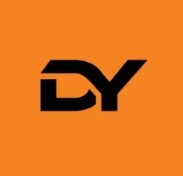
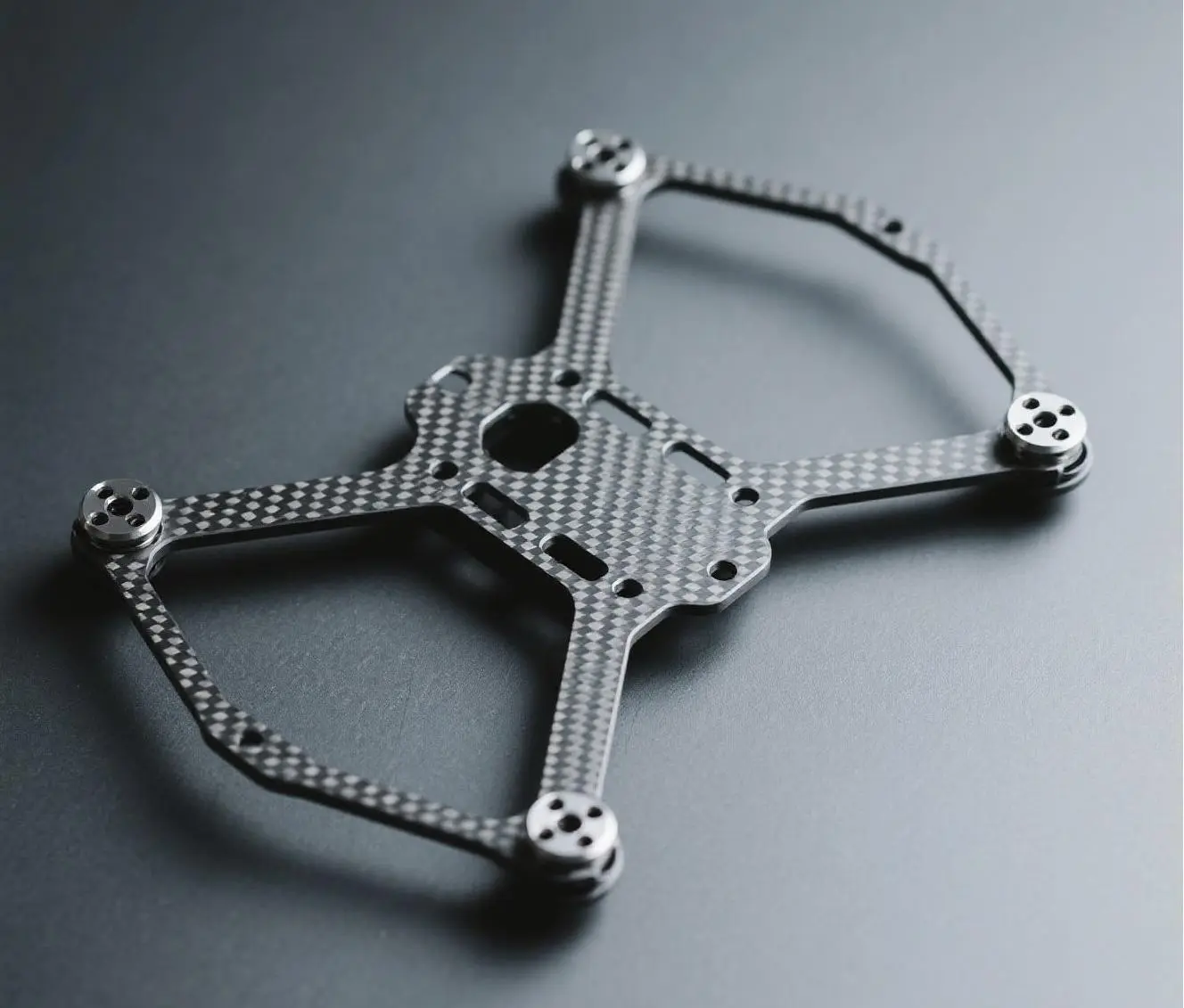
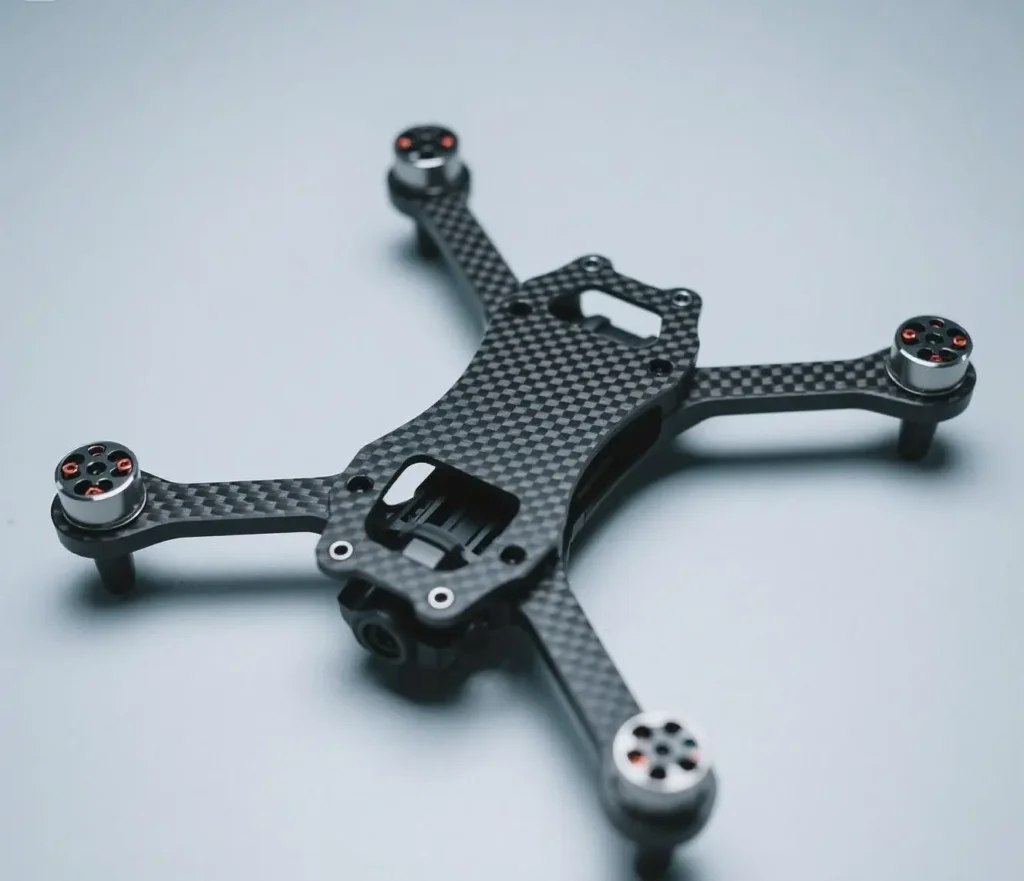
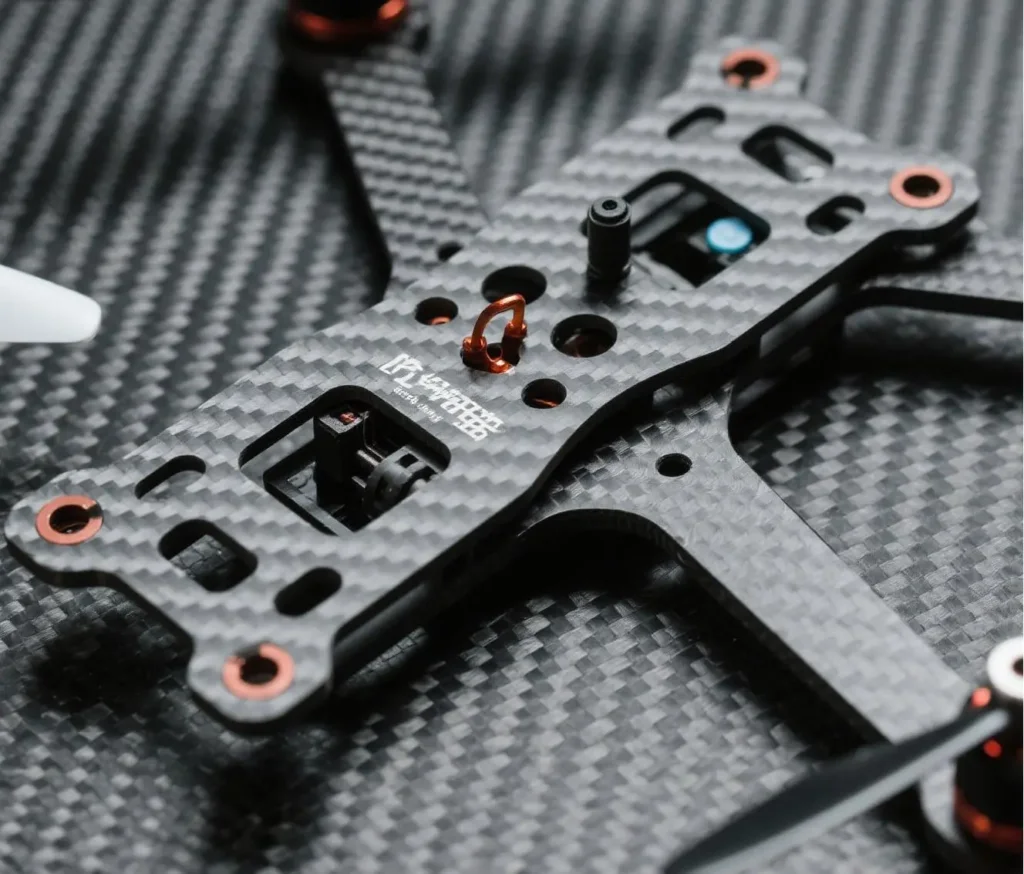
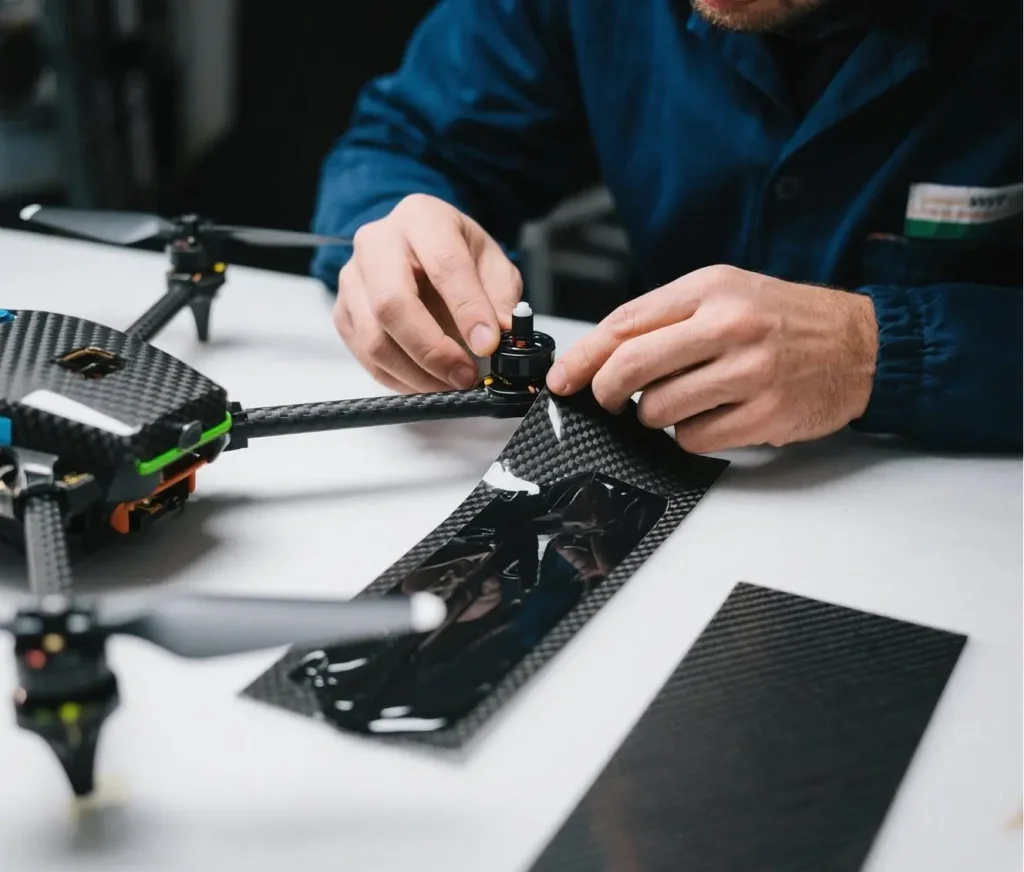
6 Responses